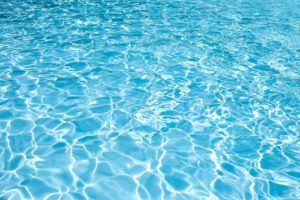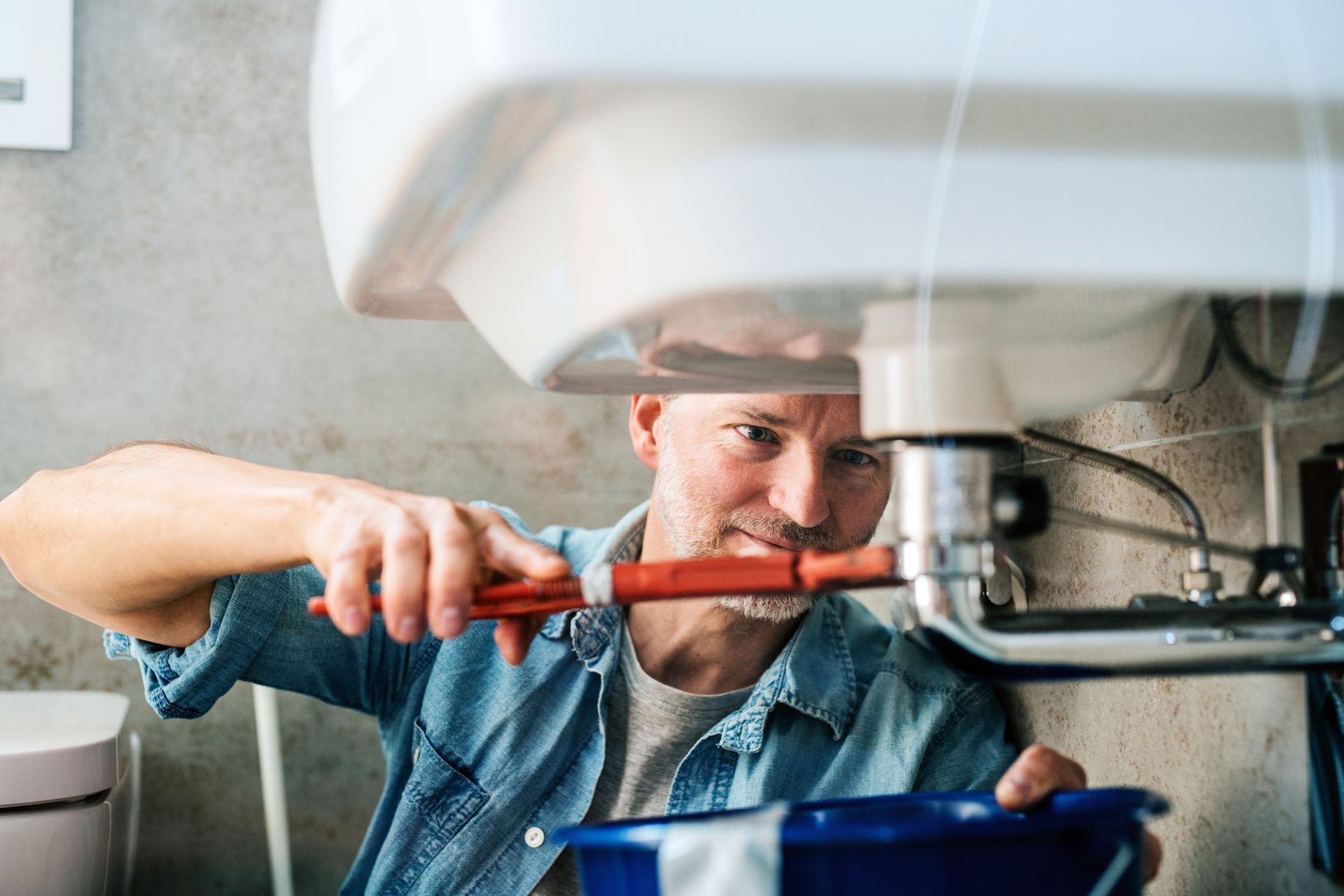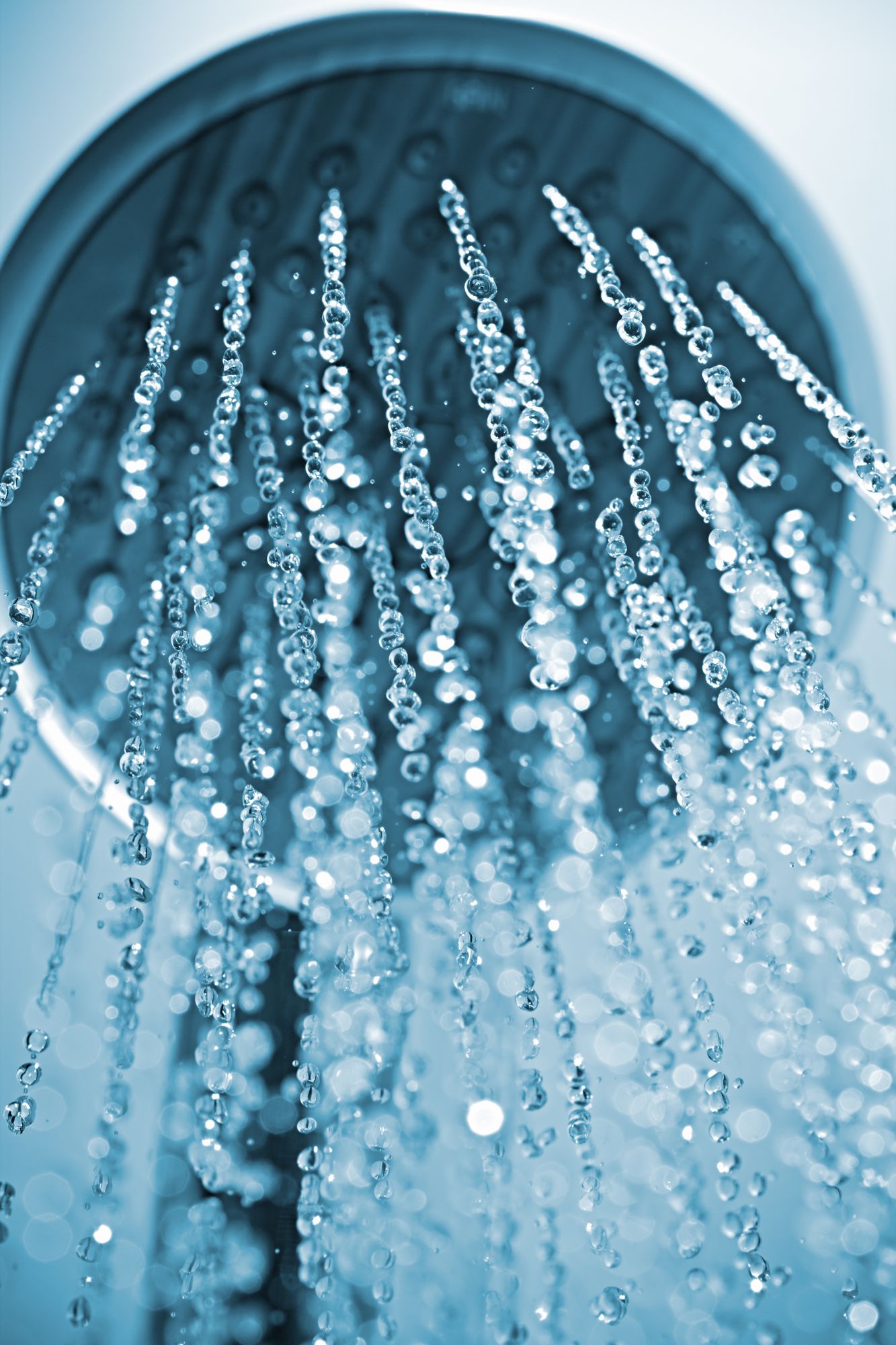Pool Tips to Save Your Wastewater Systems

A clear, cool pool on a hot summer day is the essence of summer relaxation. However, a pool can impact your sewage system in stressful ways if you don’t plan carefully and maintain your drainage system. Here are some tips to manage your pool for a carefree summer.
Watch Where You Put That Aboveground Pool
You may think that a modest aboveground pool can’t have any major impact on your septic system. However, if you have a septic system, and you place that pool in the wrong spot, you could be in for costly septic repairs.
Your septic drain field may seem like the ideal unused spot to place your pool for the summer. However, all of that space over your septic tank is required for proper filtration and release of household wastewater. Microorganisms and possible gases are also present around the septic field that swimmers shouldn’t touch or smell.
A modest aboveground pool like the ones you can purchase at home improvement and discount stores can hold thousands of pounds of water. When that water sits on top of your septic leach field, the weight can compress the soil. Compacted soil loses the aeration that allows water to trickle out of the soil. A plastic pool over the leach field also suppresses evaporation of septic effluent, which accounts for up to one-third of the sewage content.
The weight of the pool can crack drainpipes and even your septic tank itself. If a plumber needs to access your septic drain lines, you’ll have to drain the pool, which can make a cracked septic drain issue a real nightmare.
If your pool collapses or you must drain your aboveground pool directly over your septic leach field, you run the risk of overloading the septic system. You could experience slow or backed up drains until your septic system completely processes the pool water. Place your aboveground pool well away from your septic system to protect the system and your home.
Plan for Proper In-Ground Pool Installation
Most local codes require all in-ground pools to be situated a minimum number of feet from any existing septic field, septic line, water supply pipe, or sewer line. What do you do if the perfect spot for your new pool is directly over your sewer, wellhead, or septic lines? You do have ways to remedy the problem in some cases.
First, contact your county health department to learn the setbacks needed for your particular water-supply and drain setup. If you’ve already hired a pool company to install your pool, the contractor should have the information you need to measure your property.
In some cases, you can accommodate your dream pool by hiring your plumber to run new underground sewer or septic lines. Rerouting the drain lines or eliminating unnecessary lines may be enough to create the proper setback. You can even relocate a septic field if you’re up for the expense and have enough room in your yard.
Drain Your Pool Responsibly
If you need to drain your pool for summer repairs or maintenance, follow all rules about pool draining that your local health department and/or water management agencies enforce. If you’re not sure what the rules are, consult with your local officials to learn proper ways to discharge pool water. Many cities and counties post the regulations on their websites.
If you’re on a public sewer system, drain your pool via the sewer system. The water can be treated and used again for household needs.
Some codes forbid dumping of pool water into the street, gutters, or storm drains. In these areas, you may install a direct drain line from your pool to your sewer. If your pool installer never made a sanitary sewer drain for your pool, your plumbing contractor can create one for you.
Ensure that the hose discharge is controllable when using the pool drain pump. Experts recommend that you discharge water at a maximum of 12 gallons per minute. However, depending on your equipment and the state of your sewage drainpipes, the proper discharge rate may be slower.
If the sewer lines are overwhelmed by too much water flowing at too fast a rate, your sewer lines may back up and put your basement or home at risk of flooding and contamination. You may want to have your plumber clear your sewer lines before you attempt to drain your pool if your toilet or sinks already drain slowly. Avoid doing laundry and using too much water in general while the sewer lines handle the pool discharge.
Never discharge your pool water into your septic tank or septic field. As noted above, septic tanks can’t handle the volume of water in a family swimming pool. Instead, use a pump to slowly release water in a part of your property that drains well.
If you want to install or you own a pool in the Aurora, Elmhurst, Oak Brook, Oswego, Naperville, or Schaumburg, Illinois, areas, contact Jim Dhamer Plumbing and Sewer, Inc. , right away. We can discuss your drain lines to prepare the pipes for pool draining.
The post Pool Tips to Save Your Wastewater Systems appeared first on .
Leave A Reply
More Posts









